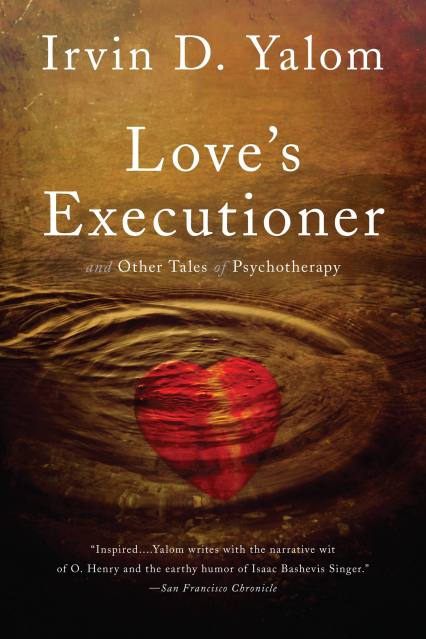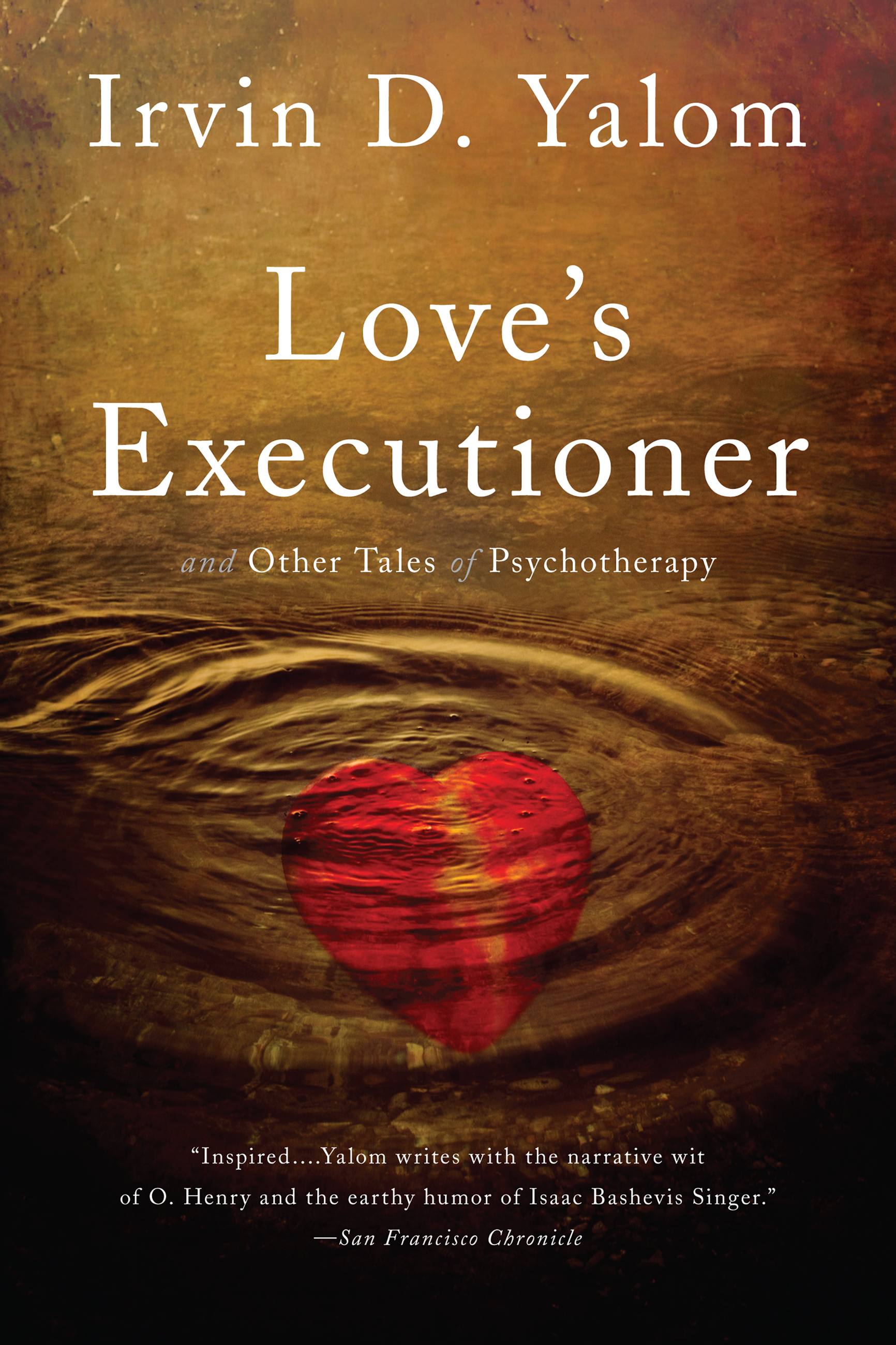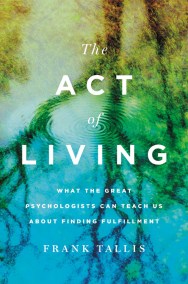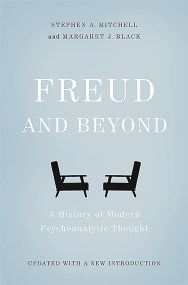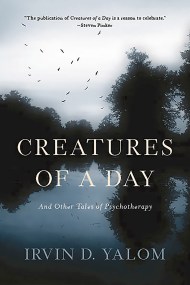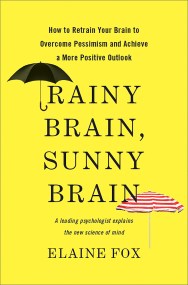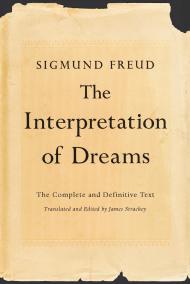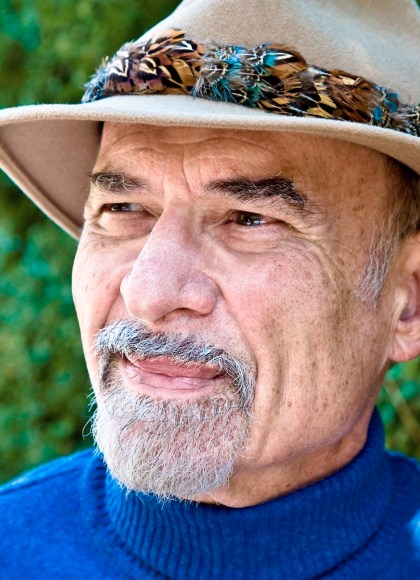Promotion
Use code MOM24 for 20% off site wide + free shipping over $45
Love's Executioner
& Other Tales of Psychotherapy
Contributors
Formats and Prices
Price
$12.99Price
$16.99 CADFormat
Format:
- ebook $12.99 $16.99 CAD
- Trade Paperback $18.99 $23.99 CAD
This item is a preorder. Your payment method will be charged immediately, and the product is expected to ship on or around June 5, 2012. This date is subject to change due to shipping delays beyond our control.
Also available from:
A NEW YORK TIMES BEST SELLER
An “utterly absorbing” collection of ten classic tales from the therapist’s chair by renowned psychiatrist and best-selling author Irvin D. Yalom (Newsday)
Why was Saul tormented by three unopened letters from Stockholm? What made Thelma spend her whole life raking over a long-past love affair? How did Carlos's macho fantasies help him deal with terminal cancer?
In this engrossing book, Irvin Yalom gives detailed and deeply affecting accounts of his work with these and seven other patients. Deep down, all of them were suffering from the basic human anxieties—isolation, fear of death or freedom, a sense of the meaninglessness of life—that none of us can escape completely. And yet, as the case histories make touchingly clear, it is only by facing such anxieties head on that we can hope to come to terms with them and develop. Throughout, Dr. Yalom remains refreshingly frank about his own errors and prejudices; his book provides a rare glimpse into the consulting room of a master therapist.
An “utterly absorbing” collection of ten classic tales from the therapist’s chair by renowned psychiatrist and best-selling author Irvin D. Yalom (Newsday)
Why was Saul tormented by three unopened letters from Stockholm? What made Thelma spend her whole life raking over a long-past love affair? How did Carlos's macho fantasies help him deal with terminal cancer?
In this engrossing book, Irvin Yalom gives detailed and deeply affecting accounts of his work with these and seven other patients. Deep down, all of them were suffering from the basic human anxieties—isolation, fear of death or freedom, a sense of the meaninglessness of life—that none of us can escape completely. And yet, as the case histories make touchingly clear, it is only by facing such anxieties head on that we can hope to come to terms with them and develop. Throughout, Dr. Yalom remains refreshingly frank about his own errors and prejudices; his book provides a rare glimpse into the consulting room of a master therapist.
Genre:
- On Sale
- Jun 5, 2012
- Page Count
- 304 pages
- Publisher
- Basic Books
- ISBN-13
- 9780465031603
Newsletter Signup
By clicking ‘Sign Up,’ I acknowledge that I have read and agree to Hachette Book Group’s Privacy Policy and Terms of Use
